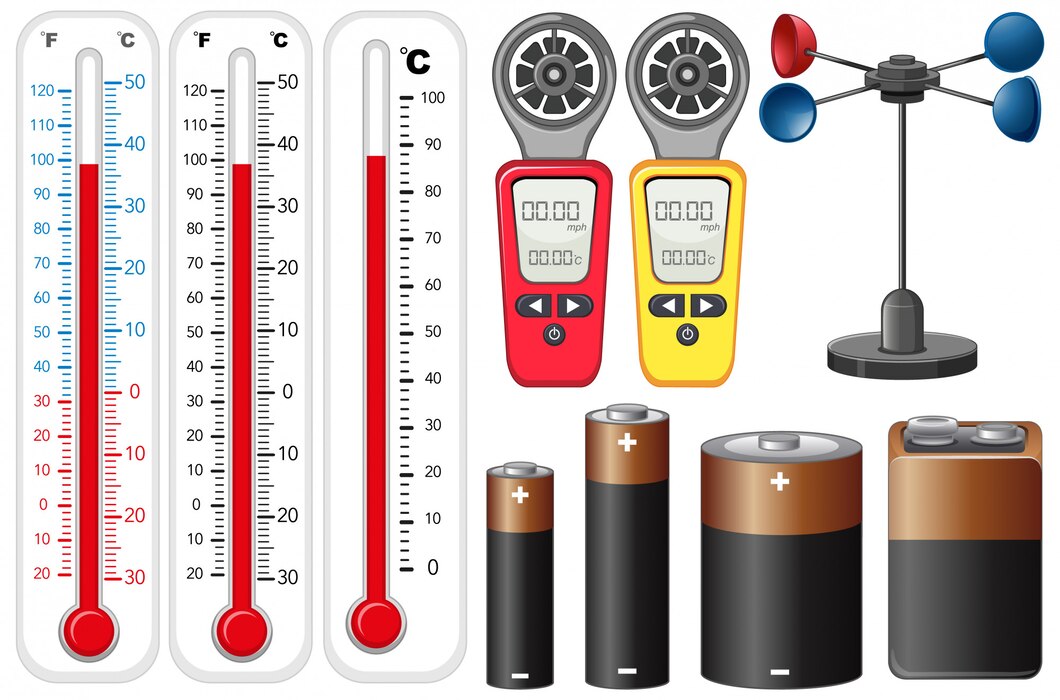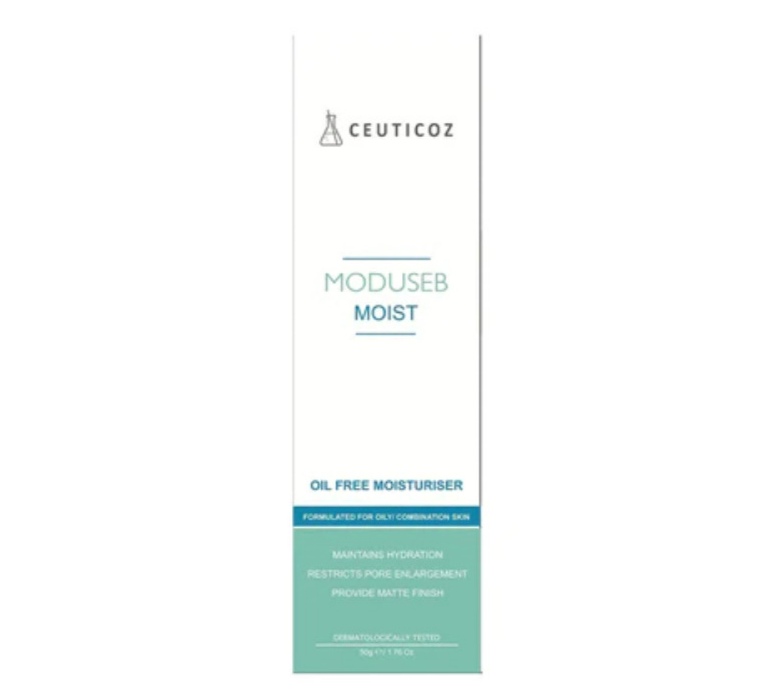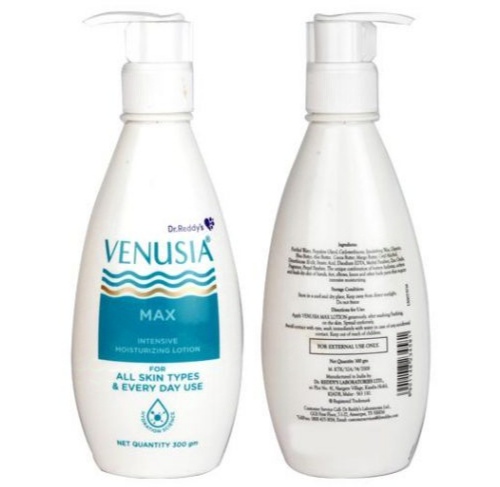Introduction
When it comes to construction, agriculture, or manufacturing, knowing the moisture content of materials can be crucial. A rapid moisture meter is an essential tool that helps professionals quickly determine the water content in various substances, from soil to concrete and grains. This article will explore how rapid moisture meters work, their benefits, applications, and how to choose the right one for your needs.
Understanding Rapid Moisture Meters
What is a Rapid Moisture Meter?
A rapid moisture meter is a device used to measure the percentage of water in a given substance quickly and effectively. This tool is vital for anyone needing to ensure their materials have the correct moisture content to meet quality and safety standards.
How Does it Work?
- Principle: Most rapid moisture meters operate on the principle of electrical resistance or capacitance measurement.
- Process: The meter sends an electrical signal through the material and measures the resistance or capacitance change, which correlates to the amount of moisture present.
Key Benefits of Using Rapid Moisture Meters
- Speed: Provides quick results, enabling timely decisions.
- Accuracy: Offers precise moisture readings to prevent errors due to improper moisture content.
- Ease of Use: Simple to operate, requiring minimal training.
- Portability: Compact and easy to transport, making it ideal for field use.
Applications of Rapid Moisture Meters
Construction Industry
- Concrete Moisture Testing: Ensures that concrete has cured properly for maximum strength and durability.
- Building Inspection: Helps in detecting moisture that could lead to mold or structural damage.
Agriculture
- Soil Testing: Determines if soil is at optimal moisture levels for planting or irrigation.
- Crop Management: Assists in storing grains at safe moisture levels to prevent spoilage.
Manufacturing
- Quality Control: Used in the production of products like pharmaceuticals, where specific moisture content is critical.
Choosing the Right Rapid Moisture Meter
Considerations for Selection
- Material Type: Different meters are optimized for different materials—ensure the meter suits your specific material type.
- Measurement Range: Select a meter that covers the moisture range relevant to your needs.
- Accuracy Needs: Consider the level of accuracy required for your operations.
Top Features to Look For
- Data Logging: Ability to store measurements for record-keeping and analysis.
- Calibration: Follow the manufacturer’s guidelines to regularly calibrate your meter.
- Durability: Especially important for field measurements in harsh environments.
How to Use a Rapid Moisture Meter Effectively
- Calibration: Regularly calibrate your meter according to the manufacturer’s instructions.
- Testing Procedure: Follow standardized procedures for sampling and testing to ensure consistent results.
- Maintenance: Keep the meter clean and protected from extreme temperatures and conditions.
Conclusion
A rapid moisture meter is an indispensable tool across various industries, from construction to agriculture. By providing quick, accurate moisture readings, these devices help ensure product quality, safety, and regulatory compliance. Whether you’re monitoring the drying of concrete, the storage conditions of grain, or the moisture content of soil, a rapid moisture meter can provide the reliable data needed for optimal outcomes. Selecting the right meter and using it effectively can significantly contribute to the success of your projects










